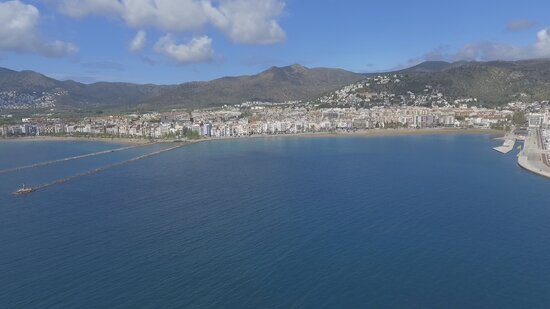250 km2 area off Costa Brava coast designated eligible for wind farms
Spanish government approves plan that sees Roses coastline as only suitable Catalan location for offshore energy production

A 250 square kilometer area off the Costa Brava coast will be eligible for wind farms, as was decided by the Spanish government. No other such projects will be allowed off the rest of Catalonia's coast.
The Spanish cabinet approved the plan on Tuesday which designates five Spanish marine areas as eligible for wind energy production plants. The so-called LEBA1 site, the only one in Catalan waters, is located just off the Gulf of Roses.
In total, the five areas where wind farms can potentially be installed span a total area of 5,000 km2 – 0.46% of the one million square kilometers in total – and will have to be a minimum of 12 km from the coast.
In total, there are 19 locations spread out across Spain's waters where such projects can be built. Although the total power potential is not yet completely defined, Spain believes that the new plans will be able to meet the objective of producing between 1 and 3 GW of offshore wind power by 2030, either with a large park or several small parks.
Of the total 5,000 square kilometers, the Levantino-Balearic demarcation - which includes the Gulf of Roses (LEBA1) and the two areas of the Balearic Islands (LEBA 2 and 3) - will have 475 km2.
Currently there are already six projects interested in constructing the wind farm off the Gulf of Roses. The first - and the one with the most advanced procedures - is the Tramuntana Park, which foresees 35 wind turbines with 500 MW of power about 24 km from the bay of Roses. Its promoters, BlueFloat Energy and SENER, have also opened the door to a preliminary pilot test with only three wind turbines and 50 MW of energy.
There are three more projects in the preliminary consultation phase. A subsidiary of Iberdrola is planning the so-called Gavina park there, also with 500 MW of power, and the Basque engineering company Saitec is devising a third one, with only five wind turbines and a power of 50 MW.
Spain's ministry of energy transition insists that the plans guarantee the protection of ecosystems, habitats, and sensitive species, while also responding to European obligations for the management of maritime space.